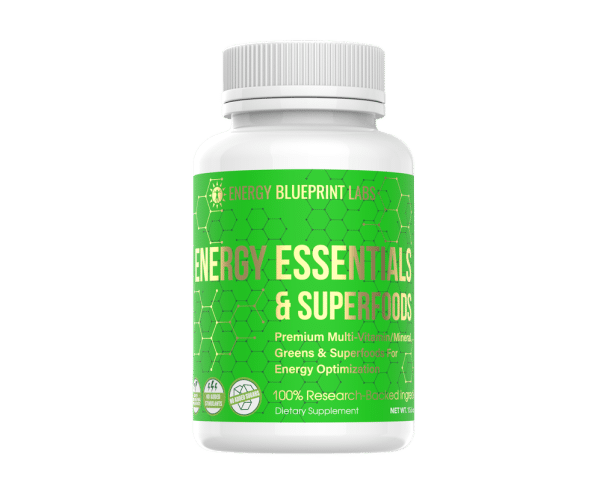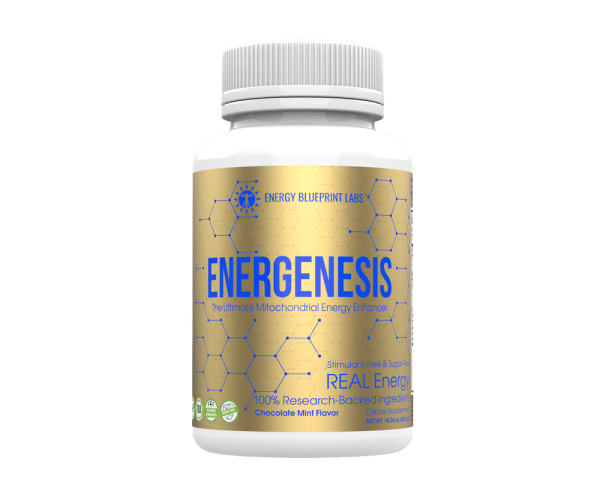Triphala is revered as a multi-use therapeutic and panacea in Ayurvedic medicine. In particular, it’s seen as a cornerstone of rejuvenation therapies for people of all ages and constitutions.
Unlike many herbal remedies, triphala is a blend of several ingredients, specifically three dried berries native to the Indian subcontinent:
- Amla (Emblica officinalis)
- Bibhitaki (Terminalia bellirica)
- Haritaki (Terminalia chebula)
As with most berries, these are rich in bioactive phytochemicals that underlie many of triphala’s purported benefits, including antioxidant, anti-inflammatory, antidiabetic, and cardioprotective effects [1].
The result is a robust metabolism with regular use. For example, a double-blind, randomized, placebo-controlled trial reported that 10 g/d of triphala reduced the weight of obese participants by about 5% compared to the placebo group after three months [2]. It also prevented deterioration of glucose intolerance and reduced fasting insulin.
In another study involving adults with type-2 diabetes, 5 g/d of triphala was shown to lower fasting glucose by 25% and lower the post-meal blood glucose spike by 14% compared to a control group that didn’t receive any supplement [3].
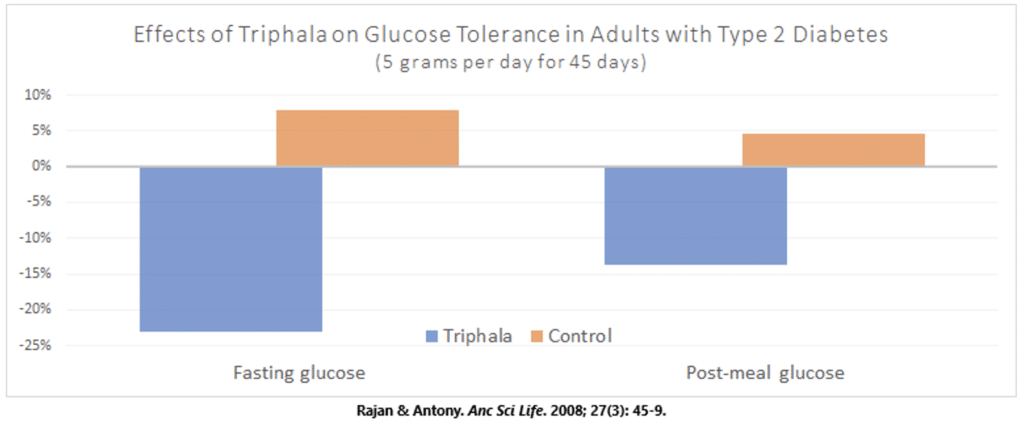
Aside from its potent antioxidant and anti-inflammatory activity [4–6], these metabolic benefits could be attributed to triphala’s ability to reduce lipid synthesis and accumulation in fat cells [7], as well as its ability to inhibit the absorption of carbohydrates after eating [8].
And it’s likely that most of these benefits are owed to just two of the berries — a conclusion supported by a study out of India that looked at how triphala and its constituents each affected the development of diet-induced obesity in mice [9]. Basically, the mice were divided into six groups and followed for 10 weeks.
- Control group that ate normal chow.
- High-fat diet (HFD) group that ate a diet known to cause obesity in mice.
- HFD group that supplemented either triphala, amla, haritaki, or bibhitaki.
Expectedly, the HFD group gained considerable weight, became diabetic, and developed dyslipidemia. Triphala and its constituents completely prevented the weight gain and metabolic dysfunction that the HFD caused, effects most pronounced with amla and haritaki, suggesting that these berries are doing the heavy lifting in the triphala blend.
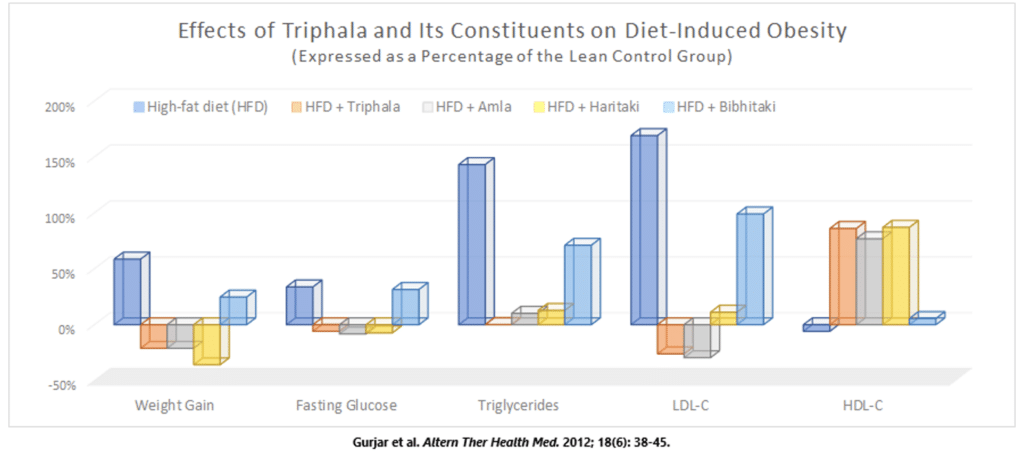
Amla
So, let’s talk about amla — a berry rich in vitamin C and several bioactive phytochemicals with potent antioxidant and mitochondrial-protecting effects. It’s no surprise that this berry does most of the heavy lifting in the triphala blend.
Feeding amla to aged rats and bathing muscle cells in low doses of amla juice has been shown to enhance mitochondrial energy production, stimulate mitochondrial biogenesis, increase antioxidant enzyme production, and protect cells and mitochondria from oxidative damage [10,11].
It should therefore be no surprise that researchers have been investigating its potential as a neuroprotective [12], anti-cancer [13], and general health agent [14].
But, just as with triphala, amla’s most promising avenue of benefit is towards metabolic health, likely owed to its potent antioxidant and mitochondria-enhancing effects. Benefits that are seen in both individuals suffering from metabolic dysfunction and individuals who are otherwise healthy. With amla, there’s always room for improvement.
For example, in one study, researchers from Pakistan recruited healthy and type 2 diabetic adults to supplement with 1–3 grams of amla for 3 weeks, which they compared to a placebo in the healthy adults and to a common antidiabetic medication in those with diabetes [15].
All doses of amla improved metabolic health in the healthy participants and the participants with diabetes, with the greatest benefits coming from the higher dose. When the effects of each dose was averaged out, amla was clearly more effective than a placebo at improving glycemic control and blood lipids, and just as effective as the antidiabetic medication at lowering blood glucose in those with diabetes.
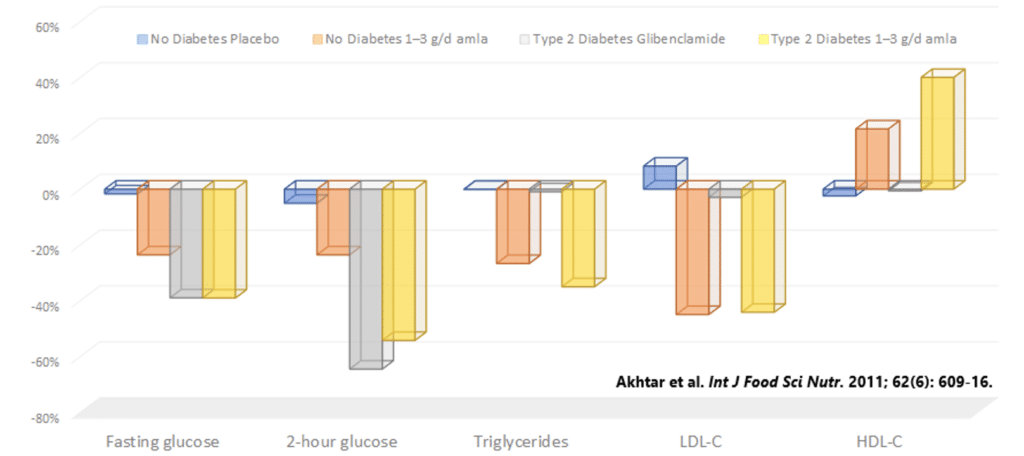
In another study of adults with diabetes, 1000 mg/d of amla was as effective as a statin at improving endothelial function, reducing oxidative stress, increasing antioxidant enzyme activity, and reducing inflammation [16]. Even just 500 mg/d of amla had beneficial effects, albethem less pronounced.
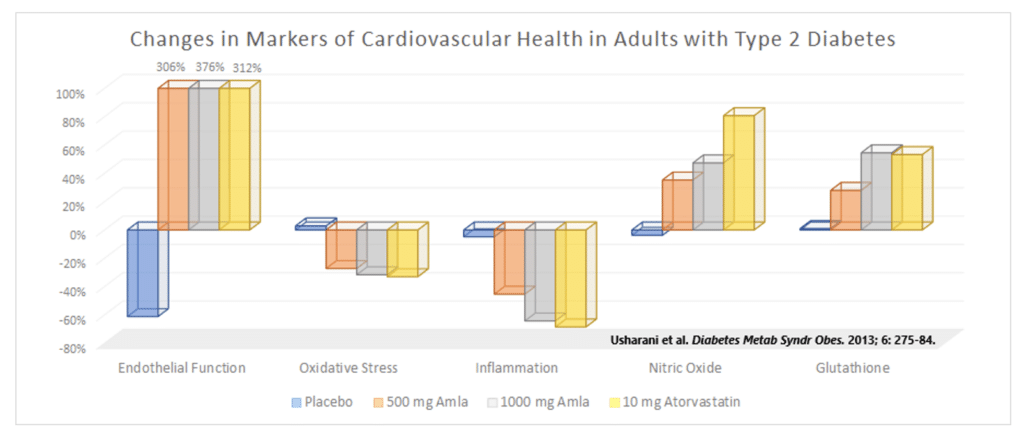
The authors of this study later confirmed their findings in those with metabolic syndrome: both 500 and 1000 mg/d of amla reduced oxidative stress (20–30%), increased glutathione concentrations (24–50%), increased nitric oxide (40–50%), and reduced inflammation (40–54%) compared to a placebo [17].
In adults with dyslipidemia, 1000 mg/d of amla reduced the atherogenic index by 39%, triglycerides by 15%, and LDL-C by 20% after 12 weeks [18], while 500 mg/d was as effective as a statin for correcting the blood lipid abnormalities after just 6 weeks [19].
Lastly, in healthy adults, taking 500 mg/d of amla for 4 weeks improved vascular fluidity, reduced an index for vascular age, and reduced markers of oxidative stress [20].
Summary
Triphala is an Ayurvedic blend of three berries with potent antioxidant and antidiabetic effects, many of which are due to just one of the berries: Amla. The science overwhelmingly shows that triphala and amla are powerful metabolic rejuvenators and some of the most potent ingredients for sustainable, long-lasting metabolic health. That is why we’ve made them one of the cornerstone ingredients in our mitochondrial energy formula, Energenesis, and our health-boosting multivitamin superfood formula, Energy Essentials and Superfoods.
References
- Peterson CT, Denniston K, Chopra D. Therapeutic Uses of Triphala in Ayurvedic Medicine. J Altern Complement Med. 2017;23:607–14.
- Kamali SH, Khalaj AR, Hasani-Ranjbar S, Esfehani MM, Kamalinejad M, Soheil O, et al. Efficacy of “Itrifal Saghir”, a combination of three medicinal plants in the treatment of obesity; A randomized controlled trial. Daru. 2012;20:33.
- Rajan SS, Antony S. Hypoglycemic effect of triphala on selected non insulin dependent Diabetes mellitus subjects. Anc Sci Life. 2008;27:45–9.
- Kalaiselvan S, Rasool MK. The anti-inflammatory effect of triphala in arthritic-induced rats. Pharm Biol. 2015;53:51–60.
- Kalaiselvan S, Rasool M. Triphala exhibits anti-arthritic effect by ameliorating bone and cartilage degradation in adjuvant-induced arthritic rats. Immunol Invest. 2015;44:411–26.
- Rasool M, Sabina EP. Antiinflammatory effect of the Indian Ayurvedic herbal formulation Triphala on adjuvant-induced arthritis in mice. Phytother Res. 2007;21:889–94.
- Banjare J, Raina P, Mansara P, Ghanekar RK, Bhalerao S. Triphala, Regulates Adipogenesis through Modulation of Expression of Adipogenic Genes in 3T3-L1 Cell Line. Pharmacogn Mag. 2018;13:S834–9.
- Ganeshpurkar A, Jain S, Agarwal S. Experimental studies on glycolytic enzyme inhibitory and antiglycation potential of Triphala. Ayu. 2015;36:96–100.
- Gurjar S, Pal A, Kapur S. Triphala and its constituents ameliorate visceral adiposity from a high-fat diet in mice with diet-induced obesity. Altern Ther Health Med. 2012;18:38–45.
- Yamamoto H, Morino K, Mengistu L, Ishibashi T, Kiriyama K, Ikami T, et al. Amla Enhances Mitochondrial Spare Respiratory Capacity by Increasing Mitochondrial Biogenesis and Antioxidant Systems in a Murine Skeletal Muscle Cell Line. Oxid Med Cell Longev. 2
- Yokozawa T, Kim HY, Kim HJ, Tanaka T, Sugino H, Okubo T, et al. Amla (Emblica officinalis Gaertn.) attenuates age-related renal dysfunction by oxidative stress. J Agric Food Chem. 2007;55:7744–52.
- Husain I, Zameer S, Madaan T, Minhaj A, Ahmad W, Iqubaal A, et al. Exploring the multifaceted neuroprotective actions of Emblica officinalis (Amla): a review. Metab Brain Dis. 2019;34:957–65.
- Baliga MS, Dsouza JJ. Amla (Emblica officinalis Gaertn), a wonder berry in the treatment and prevention of cancer. Eur J Cancer Prev. 2011;20:225–39.
- Krishnaveni M, Mirunalini S. Therapeutic potential of Phyllanthus emblica (amla): the ayurvedic wonder. J Basic Clin Physiol Pharmacol. 2010;21:93–105.
- Akhtar MS, Ramzan A, Ali A, Ahmad M. Effect of Amla fruit (Emblica officinalis Gaertn.) on blood glucose and lipid profile of normal subjects and type 2 diabetic patients. Int J Food Sci Nutr. 2011;62:609–16.
- Usharani P, Fatima N, Muralidhar N. Effects of Phyllanthus emblica extract on endothelial dysfunction and biomarkers of oxidative stress in patients with type 2 diabetes mellitus: a randomized, double-blind, controlled study. Diabetes Metab Syndr Obes. 20
- Usharani P, Merugu PL, Nutalapati C. Evaluation of the effects of a standardized aqueous extract of Phyllanthus emblica fruits on endothelial dysfunction, oxidative stress, systemic inflammation and lipid profile in subjects with metabolic syndrome: a randomised, double blind, placebo controlled clinical study. BMC Complement Altern Med. 2019;19:97.
- Upadya H, Prabhu S, Prasad A, Subramanian D, Gupta S, Goel A. A randomized, double blind, placebo controlled, multicenter clinical trial to assess the efficacy and safety of Emblica officinalis extract in patients with dyslipidemia. BMC Complement Altern
- Gopa B, Bhatt J, Hemavathi KG. A comparative clinical study of hypolipidemic efficacy of Amla (Emblica officinalis) with 3-hydroxy-3-methylglutaryl-coenzyme-A reductase inhibitor simvastatin. Indian J Pharmacol. 2012;44:238–42.
- Kapoor MP, Suzuki K, Derek T, Ozeki M, Okubo T. Clinical evaluation of Emblica Officinalis Gatertn (Amla) in healthy human subjects: Health benefits and safety results from a randomized, double-blind, crossover placebo-controlled study. Contemp Clin Trials Commun. 2020;17:100499.





